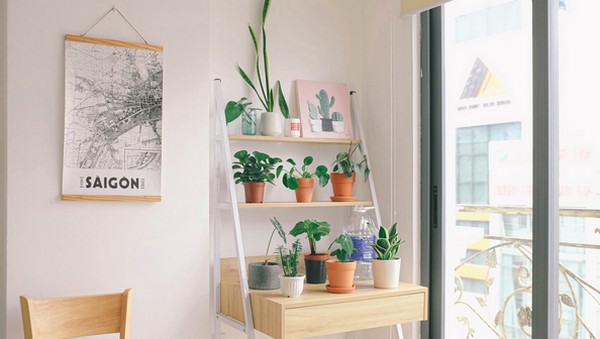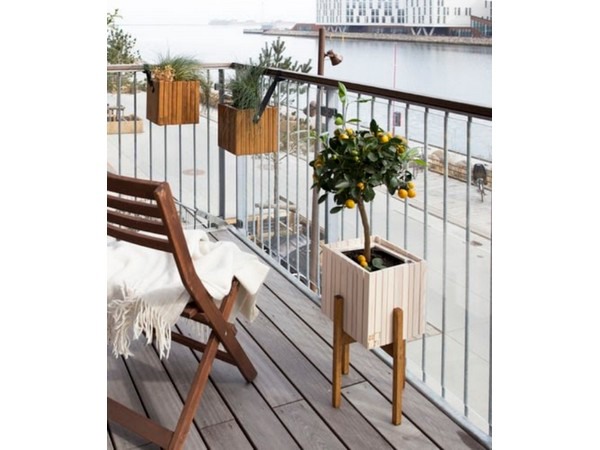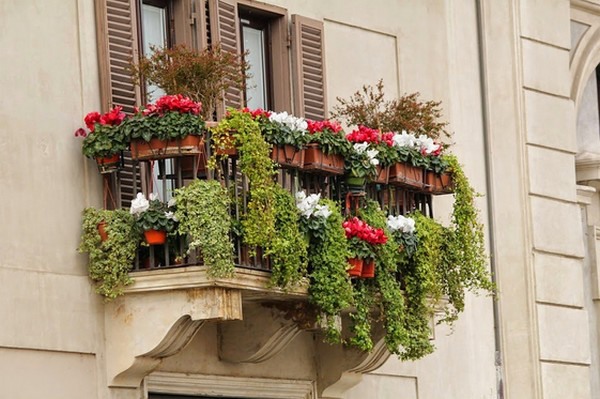The media has pigeonholed millennials in various different ways in the past few years. Avocado toast, social media, job-hopping and a chronic love of houseplants.
by Katherine Myers
On Instagram especially, houseplants are everywhere, with many social media accounts dedicated solely to posting pictures of their leafy friends. This fascination of houseplants is more than just an interior design trend however, it’s their way of channelling interest in the outdoors. Unlike many in older generations, millennials do not have a garden to call their own, so what better way to connect to nature and the outdoors than through houseplants?
Prestige Lawns have recently done some research into how the current housing crisis has caused a surge in buying houseplants. Here, we look into how exactly urban gardening is giving millennials the opportunity to pursue a passion for gardening.

The millennial living situation
The majority of millennials are living in a rented property, to the point where we now refer to them as ‘generation rent.’ In fact, more people are living in city centres than ever before. Since the start of the 21st Century, the population of many town and city centres has doubled in size; in the UK, Liverpool has the fastest-growing city centre, with the population growing by 181%.
Most of the time, especially for young people, city-centre living means renting a flat or shared house, with either a shared garden space or no garden at all. With shrinking living spaces and fewer people having access to gardens of their own, it makes sense that houseplants should become so appealing. Gardening and being around plants has been proven to reduce stress and anxiety whilst improving energy levels. One study showed that 75% of 14-24 year-olds said that they enjoyed growing plants, but many also said that they didn’t have space. Maybe the ‘obsession’ young people seem to have with houseplants is simply their way of moving gardening indoors, into the living space they have access to.
The increase in people living in rented properties has also led to a rise in ‘urban gardening,’ which is a recent phenomenon that involves using urban spaces such as flats, balconies and rooftops to cultivate plants and flowers as well as grow vegetables and fruits.

More about urban gardening
Urban gardening includes a range of techniques and approaches to gardening designed with urban spaces in mind. One of the main characteristics of urban gardening is gardening with limited space and sometimes gardening either indoors or from a balcony. Rooftop gardens, balcony gardens and shared, public gardens are popular spaces to create urban gardens in cities. Container gardening in particular, where people grow plants makes gardening more compact Rooftop gardens are often utilised as a means of growing vegetables, flowers and greenery.
Some common features of an urban garden include :
- Hanging baskets
- Container gardens
- Outdoor furniture
- Outdoor lighting
- Wall shelves

A few urban garden design tips
When gardening with limited space, you need to get creative. Learn to utilise the space you have, by using walls and the edges of balconies to hang plant pots and containers. With the right hanging containers, even a space as small as a Juliet balcony can be used to create an urban garden.
When starting your urban garden, you first need to assess how much light your flat, balcony or rooftop gets and from what direction. The direction your balcony faces dictates how much shade and sun you get during the day, which will determine which plants and flowers will be able to grow in the space. You should design your urban garden and choose your plants and flowers based on the amount of light you have.
And don’t forget to get creative! Working with limited space gives you the opportunity to think outside of the box, both in terms of planting and choosing accessories for your garden.
Sources:
